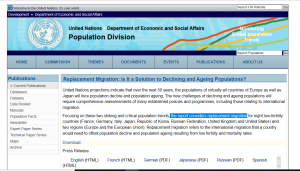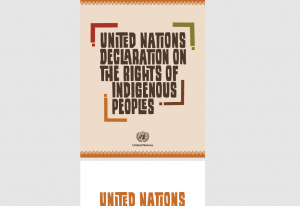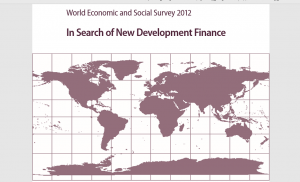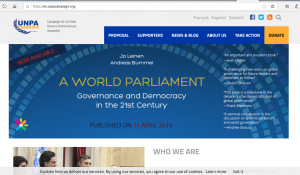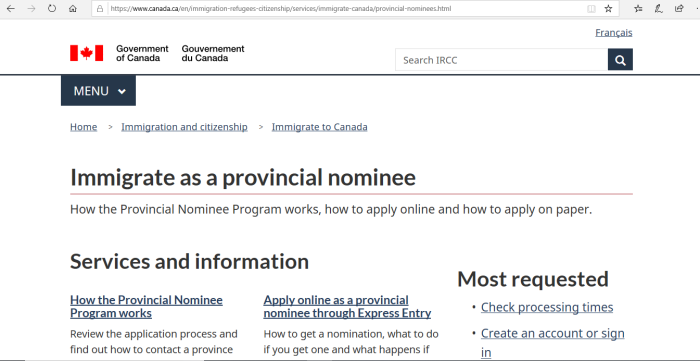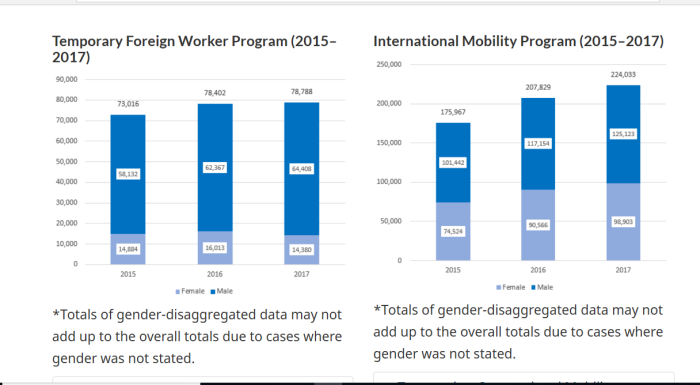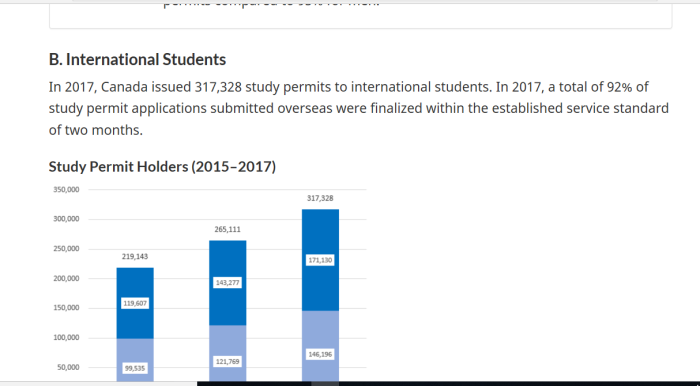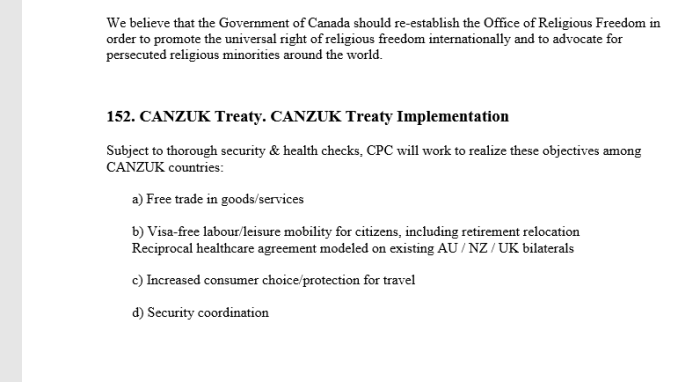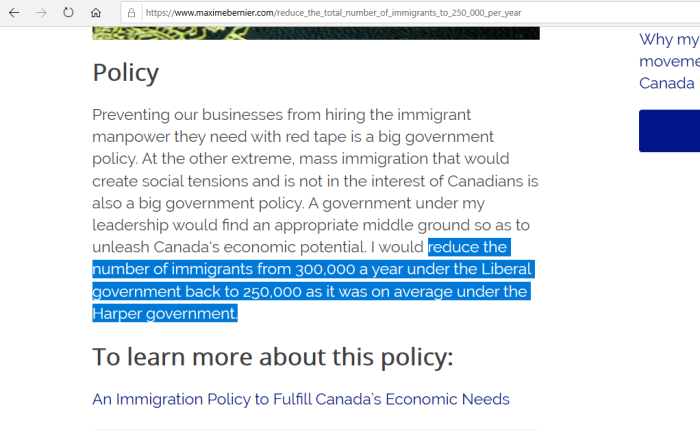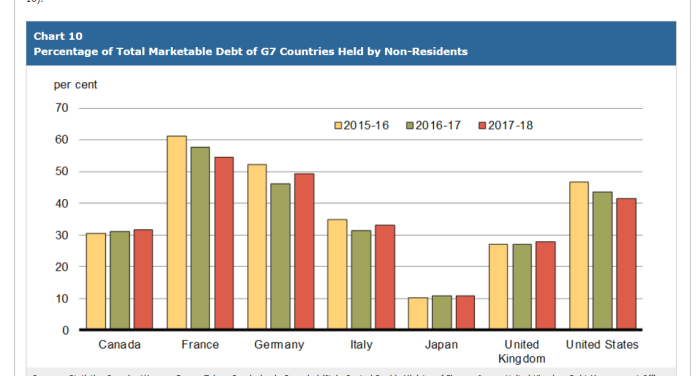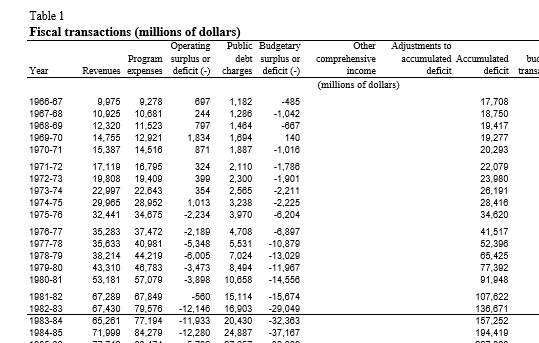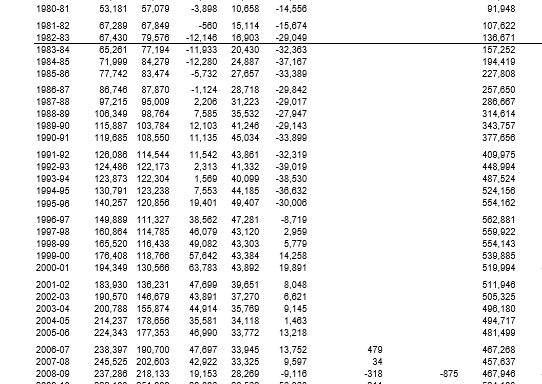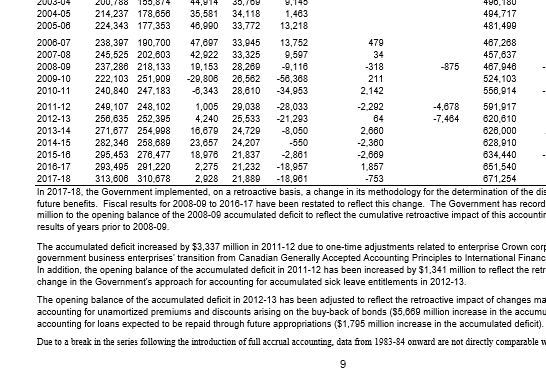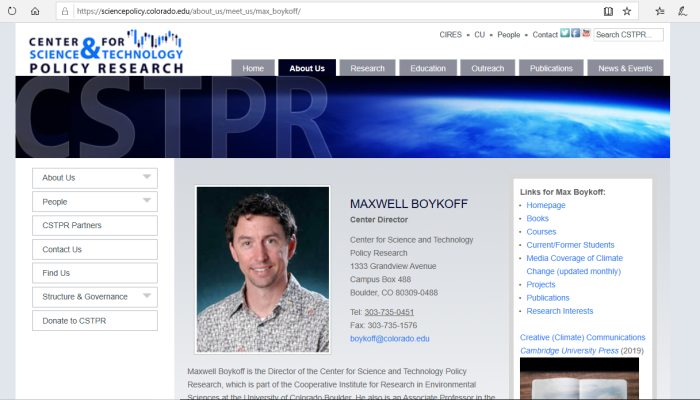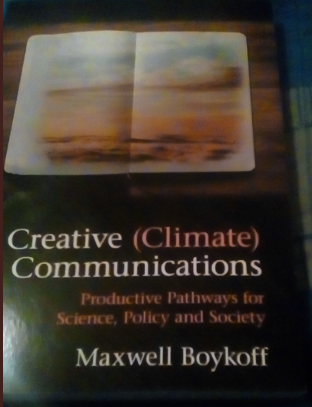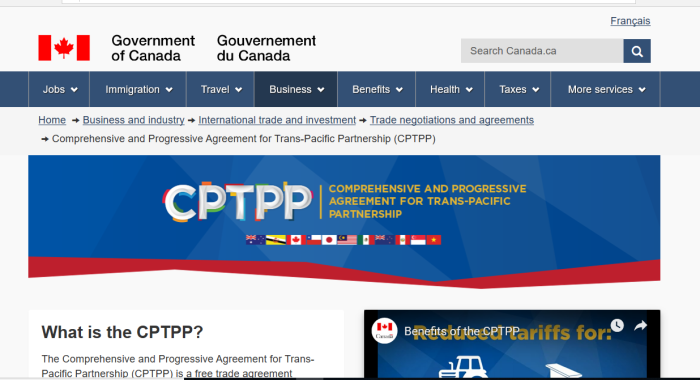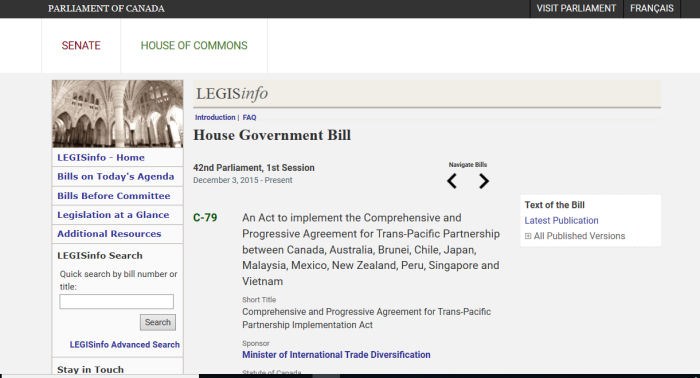(Statistics Canada actually estimates this stuff)
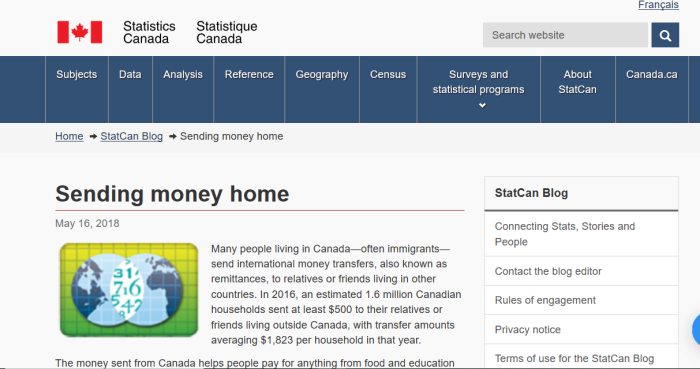
(Who says the Government isn’t good for anything?)
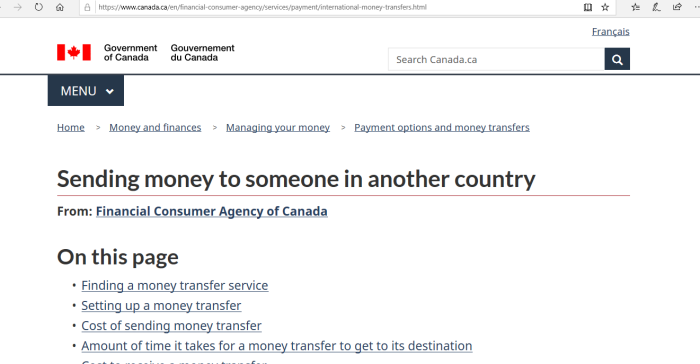
(Pew Research estimates $150B left U.S. in 2017)
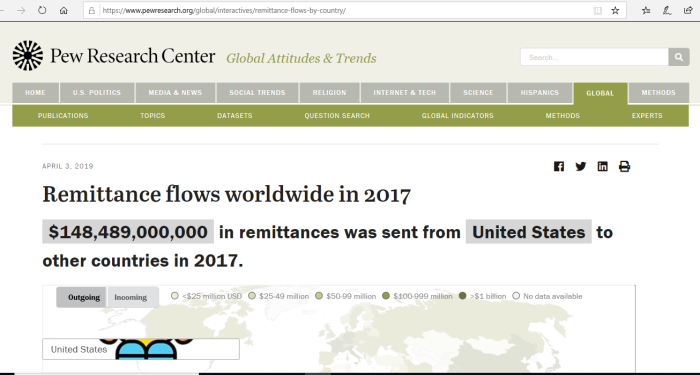
(UN encourages remittances for economic development)
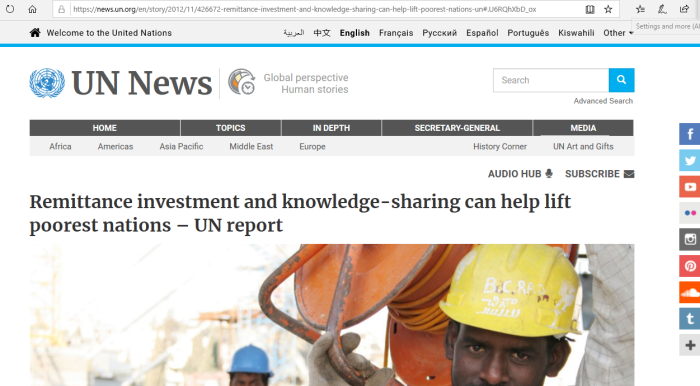
1. Mass LEGAL Immigration In Canada
Despite what many think, LEGAL immigration into Canada is actually a much larger threat than illegal aliens, given the true scale of the replacement that is happening. What was founded as a European (British) colony is becoming unrecognizable due to forced demographic changes. There are also social, economic, environmental and voting changes to consider. See this Canadian series, and the UN programs for more detail. Politicians, the media, and so-called “experts” have no interest in coming clean on this.
CLICK HERE, for UN Genocide Prevention/Punishment Convention.
CLICK HERE, for Barcelona Declaration & Kalergi Plan.
CLICK HERE, for UN Kalergi Plan (population replacement).
CLICK HERE, for UN replacement efforts since 1974.
CLICK HERE, for tracing steps of UN replacement agenda.
Note: If there are errors in calculating the totals, please speak up. Information is of no use to the public if it isn’t accurate.
2. Important Links
(1) https://www.statcan.gc.ca/eng/blog/cs/sending-money
(2) https://www.canada.ca/en/financial-consumer-agency/services/payment/international-money-transfers.html
(3) https://www.pewresearch.org/global/interactives/remittance-flows-by-country/
(4) “https://news.un.org/en/story/2012/11/426672-remittance-investment-and-knowledge-sharing-can-help-lift-poorest-nations-un#.U6RQhXbD_ox
(5) https://www.thestar.com/news/world/2014/06/20/24b_left_canada_in_2012_heres_what_happened_to_it.html
(6) https://www.vancouversun.com/business/Remittances+billion+year+sent+home+from+Canada/10080290/story.html
(7) https://www.cnbc.com/2018/04/09/trumps-war-on-immigration-causing-silicon-valley-brain-drain.html
(8) https://acorncanada.org/tags/fair-fees
3. Context For The Article
Why should we care? Aren’t people working for their money, and isn’t it theirs to keep? And aside from fake refugees and welfare cases, this is a valid point.
However, it stands the argument for economic immigration on its head. How so? We are told repeatedly that we need increasing levels of economic immigration every year. GDP will rise, and their will be more economic activity. That money will then keep circulating through our society, creating even more wealth and jobs.
However, remittances do the opposite. This is sending money OUTSIDE of the country, typically to family members. That money is then used to stimulate OTHER economies. True, this is not the worker’s entire wage, but often amounts to a substantial portion of it.
If we had hired Canadian workers instead (or citizens of whatever host country), then this would not a nearly as much of a problem. That spending would still happen, but the money would stay here.
And while individuals and their families may benefit from economic immigration, what happens to the communities they leave behind? If all their talent is scooped up, how do those countries benefit? Instead of improving things themselves, all that is left is aid.
4. The American Situation: $150B in 2017
Pew Research, among many other things, tracks and estimates remittances sent back. The numbers are staggering, particularly in the U.S. An estimated $150 billion was sent outside the country in the year 2017.
Just think. All that money could have funded Donald Trump’s border wall. In fact, it would fund it several times over. Let’s take a look
| Rank | Nation | Est. ($ Billions) |
|---|---|---|
| 1 | Mexico | 30.019 |
| 2 | China | 16.141 |
| 3 | India | 11.714 |
| 4 | Philippines | 11.099 |
| 5 | Vietnam | 7.735 |
| 6 | Guatemala | 7.725 |
| 7 | Nigeria | 6.191 |
| 8 | El Salvador | 4.611 |
| 9 | Dominican Republic | 4.594 |
| 10 | Honduras | 3.769 |
This table only covers the top destinations for the remittances out of the U.S., but the point should be obvious. It doesn’t really stimulate the “American” economy when so much money is being sent overseas. It disproves (to a large degree) that there is any real economic benefit to this immigration system.
Also worth noting is that large amounts of foreign “temporary” labour has the added effect of driving down wages, as more people will be competing for the same job. This creates an employer’s market. And as we all know, these aren’t really “temporary” workers. Most will try to stay.
True, this focuses on the U.S. situation, but it’s worth covering, as Canada faces the same issues that our Southern neighbours do.
5. Toronto Star Article On Topic
$24 billion goes a long way.
According to the World Bank , that’s how much ordinary people living and working here sent to their home countries in 2012: The money may go to a grandmother in Beijing, a niece in Kingston or a cousin in Jaipur.
Canada sends more money, per capita, overseas than other developed countries. (The U.S. is the largest remitter by far, sending nearly a quarter of that global $500 billion: Mexico is their top recipient country, with $22.8 billion, followed by China, which receives about half that.)
For Canada — where, according to Statistics Canada, nearly seven million people living here were born elsewhere — most of the countries that receive remittances aren’t surprising: China. India. The Philippines, where Jacosalem and her sisters send money and packages. But millions of dollars also flow from Canada to European countries, like the United Kingdom, Germany, France and Italy.
For some nations, remittances help keep the country afloat. A 2012 United Nations report says that over the last decade, remittances have “steadily surpassed” foreign direct investment in the world’s least developed countries.
It’s nice to see Toronto Star, of all newspapers, covering this issue. Enormous sums of money are sent out of the country annually. This money is used to support relatives, and it also has the effect of stimulating economics elsewhere (basically everywhere except the host country).
What stops the article from being great, however, it the platitudes towards diversity and multiculturalism near the end. Still, it is an interesting read.
6. Vancouver Sun Article On Remittances
Another interesting article on the subject of remittances came from the Vancouver Sun. It echoed the World Bank’s estimate of $24 billion leaving Canada in 2012, but covered other relevant points as well.
ABUSE AND DUBIOUS MOTIVATIONS
Since the migration of one person to another country is often a family decision, many migrants feel guilty and pressured to send money to people, some of whom they fear may misuse it.
.
Most migrants remit in the belief the money will go to food, housing, health care and education. But reports frequently arise about how hard-earned remittance money is misspent, going to big-screen TVs or even drinking binges.
.
In addition, Canadian economist John Hoddinot says many migrants send remittances to their parents, uncles and aunts to “ensure hereditary rights,” meaning they have to do so for the long haul and have no guarantees their goal will be realized.
.
In worst-case scenarios the pressure on migrants can be abusive. SFU’s researchers discovered some Sri Lankan refugees to Canada were “intimidated and coerced” into sending remittances to a violent terrorist organization, the Tamil Tigers.
Some valid points here. This is a form of socialism, as one or a few people will be working and then sharing it with the entire family, and possibly extended family. It can be difficult for many to control their spending when it was earned by someone else. As well, who is to say the money is even going to the people who it is earmarked for?
Also, the morbid issue of inheritance is touched on. Is the person feeling pressured to remit money to ensure they aren’t left out of their parent’s or grandparent’s will?
HOW DO REMITTANCES AFFECT THE HOST COUNTRY?
Remittances cause billions of dollars a year to leave countries that host foreign-born workers. But that does not overly concern Dilip Ratha, the World Bank economist on remittances. People who remit only do so after they have paid taxes, says Ratha.
.
Emphasizing free-trade philosophy, Ratha says, “After you work and get paid, it is up to you whether you use the money in Canada, or send money to the Philippines, or buy a house, or blow it in a casino.” The $23 billion that leaves Canada each year in remittances represents about 1.3 per cent of the country’s GDP, which is $1.8 trillion.
Yes, it may seem relatively small, but it is exporting a portion of the overall wealth and being used to finance activity elsewhere. This isn’t what the public is told when we hear “economic migration”.
CAN REMITTANCES WEAKEN THE OLD COUNTRY?
UBC planning professor emeritus Prod Laquian laments how his home country’s politicians, in the Philippines, have relied for decades on more than 10 per cent of the country’s 90 million citizens working abroad.
Remittance dependence has broken up millions of Filipino families and allowed the country’s often-corrupt leaders, Laquian says, to hang on to power.
.
It would be preferable, says Laquian, if countries could retain their own industrious workers by creating more stable economies.
.
One “bad side” of remittances, says Henry Lagas, husband of Fatima, “is the people at home don’t try to help themselves. They think, if you live here in Canada, you have big bucks. They don’t know how hard we work to send them money.”
.
Economists believe remittances can be a positive private form of foreign aid to poor countries. But some also calculate in many cases it would be equally financially beneficial for extended families if loved ones could work at even low-paying jobs in their countries of origin — and didn’t feel they had to leave for foreign shores in hopes of sending money back home.
Spot on. It is a form of foreign aid.
Furthermore, it is a brain drain. While the developed country (arguably) receives some benefit from the immigration, what about the nations that are left behind? When their talent and skilled labour leaves for better opportunities, who picks up the slack?
7. U.N. And Resulting Brain Drain
The U.N. fully and freely admits that the money sent back as remittances is used to stimulate other economies. However, it has an interesting critique as to a downside of economic migration: brain drain.
While money flows from LDC migrants are crucial to the advancement of the world’s poorest nations, it is the migrants’ very departure which often contributes to the further debilitation of an LDC’s chances of development.
According to the UNCTAD report, the impact of “brain drain” on LDC countries appears to reinforce international inequalities in the availability of qualified personnel, and to damage LDCs’ prospects for long-term economic growth.
“Brain drain causes great damage to impoverished countries by removing the very people who could most help in stimulating economic growth,” the report states, adding that skilled, highly educated citizens are needed in the poorest countries to help them cope not only with development challenges but also the rising threat of climate change and its after-effects.
In an effort to counter the negative effects of “brain drain,” the UN agency has proposed a knowledge-transfer scheme – known as the investing in diaspora knowledge transfer – aimed at enabling highly skilled members of the LDC diaspora, including an estimated two million university-educated migrants, to drive learning and investment in home countries. The initiative would provide diaspora members with preferential access to the seed capital required to initiate investment back home at preferential interest rates.
This is surprising to see the U.N. of all places write this critique. To be fair, it was 2012. It’s true though. Creating economic incentives to leave a developing nation results in having their talent “poached” by wealthier nations. This leads to them falling even further behind.
Does it help a nation when most with medical or scientific training leave for better opportunities? On a societal level, no. It means less educated and qualified people needed there, and it’s the people who have contributed to that education in the form of taxes.
What is going on here? The Toronto Star, and now U.N. say things that are perfectly reasonable. That same U.N. now advocates for mass migration as a human right, and an entitlement to have social services provided for. Interesting how philosophies change. Don’t worry. I haven’t gone soft of the U.N. But valid arguments are to be commended, regardless of who they come from.
8. Economic Migration As Argument To Prevent Brain Drain In Developed World
This CNBC article argued some of the same points, but came to a different conclusion: continued immigration is necessary to prevent a brain drain from developed countries such as the U.S.
Rangnekar, a cloud computing developer and former Techcrunch50 winner, was working in Silicon Valley on an H-1B visa. Since H-1B visas are tied to jobs, his options were limited: Get a job at another company or try to get a visa on his own and start a company. Both came with one huge drawback: Any change to his job would reset the clock on his green card application. Green cards are allotted by country; the backlog for citizens from populous countries such as India or China is now more than 10 years.
There is a huge backlog in Canada as well, but that is to hide the full scale of mass migration going on. Perhaps the U.S. is in the same dilemma.
“We decided the indefinite wait was not for us, and we started thinking about our next play,” he said.
That next play turned out to be Toronto. “The permanent-resident process (Canada’s green card equivalent) is easy, and if you have all the points, it takes less than six months. The government is working hard to help and improve the start-up scene,” he said.
True, and that outlines a huge problem: getting permanent resident status in Canada is far too easy, and far too quick. We hand it out to people who are still strangers, and whose interest here is at best unclear.
Of course there is no mention of the countless U.S. citizens who are college educated, but struggle to find meaningful work. No mention in the glut of graduates or young people who vastly outnumber the available positions for them. Citizens should come first. There was a time when they did.
Are there not plenty of Americans who could fill those American jobs? Are there not plenty of Canadians who could fill those Canadian jobs? There are, but having a surplus of labour allows wages to be pushed down. It becomes an employer’s market.
9. Statistics Canada And Remittance Estimates
Even StatsCan has taken quite an interest in the remittance issue. It fully admits that it’s a huge industry, and will not slow down soon — if ever. StatsCan tries to get a grasp on the scale of it. Here is a 2018 posting from the Canadian Government.
Many people living in Canada—often immigrants—send international money transfers, also known as remittances, to relatives or friends living in other countries. In 2016, an estimated 1.6 million Canadian households sent at least $500 to their relatives or friends living outside Canada, with transfer amounts averaging $1,823 per household in that year.
In fairness to StatsCan, this is probably a huge underestimate. People aren’t likely to declare anywhere near the full amount if they are worried about taxes, fees, or government clampdown.
The money sent from Canada helps people pay for anything from food and education to medical expenses and crisis relief. Sometimes people are even able to use money from international transfers to improve their economic situation by investing in higher learning or entrepreneurial activities.
Interesting. So by sending this money back, is it in fact helping to finance the next wave of students and “temporary” workers?
The impact can be large, both for people receiving the remittances and the overall economy in the recipient country. According to the World Bank, remittances can amount to as much as 20% to 30% of a country’s gross domestic product (Report on the Remittance Agenda of the G20, 2014).
Nice to hear it being said so bluntly. The remittances are propping up many economies.
However, the cost of sending money―costs such as exchange rate fees and service charges―has long been a source of concern. In Canada, the cost averages 9% of total transfers (World Bank 2014). Given the role that remittances play in international development and poverty reduction, the G20 community, including Canada, has committed to exploring ways to reduce the global average fees for international transfers from 10% to 5%.
Yes, ignore the issue of money leaving the host countries in huge amounts. Let’s just make it cheaper to do so.
10. Global Migration Compact, Objective 20
OBJECTIVE 20: Promote faster, safer and cheaper transfer of remittances and foster financial inclusion of migrants
36. We commit to promote faster, safer and cheaper remittances by further developing existing conducive policy and regulatory environments that enable competition, regulation and innovation on the remittance market and by providing gender-responsive programmes and instruments that enhance the financial inclusion of migrants and their families. We further commit to optimize the transformative impact of remittances on the well-being of migrant workers and their families, as well as on sustainable development of countries, while respecting that remittances constitute an important source of private capital, and cannot be equated to other international financial flows, such as foreign direct investment, official development assistance, or other public sources of financing for development.
The UN Global Migration Compact specifically lists making remittances easier and cheaper. Why? To send money back to families. This means that instead of money circulating the host country, much of it will be sent away.
How does the first world benefit from this? How does importing people and forcing locals to face foreign competition help? How does driving down the wages help locals? How does sending that money overseas help the local economy?
It doesn’t. But that’s what Canada has been signed up for. All without a democratic mandate of course.
11. Thoughts On The Issue
Both Canada and the U.S. are discussed in this article as they face the same issues here. And there are interesting facts about both.
While the World Bank estimate is a starting point, it could be easily far less than the reality. The $24B estimate was from 2012. The Toronto Star and Vancouver Sun articles came in 2014. But it’s now 2019. Assuming that estimate was remotely accurate, how much is it now? $25 billion? $30 billion? $40 billion? This is money that is taken out of Canada, and the U.S. situation is much worse.
It is entirely correct to point out that remittances are a form of foreign aid and they are used to prop up national economies. It’s also fair to wonder where exactly the money goes afterwards, and if families are really the ones benefitting.
The point was raised that economic immigration causes a sort of brain-drain. This is true, as we are giving financial incentives for the most accomplished to leave their homelands instead of helping to improve them. We take only the best (theoretically), when their presence is really needed at home. Nations should be putting their own people to work — meaningful work — before importing foreign labour.
Of course this doesn’t even account for the vast cultural differences and tensions that are created by mass migration to other nations. But that topic has been covered elsewhere.
While remittances do make an argument in favour of economic immigration (helping out families), they also make some compelling arguments against it. Immigration should be about more than just money.

